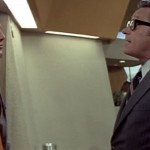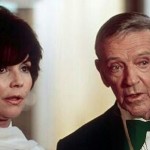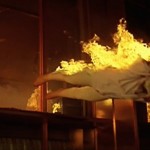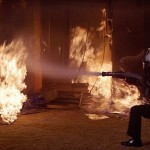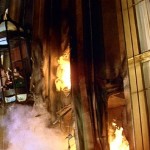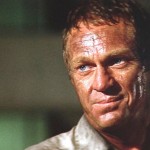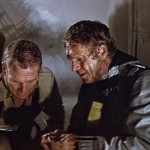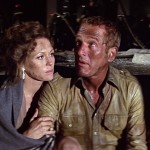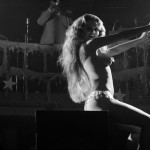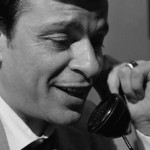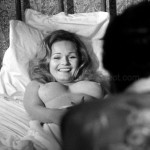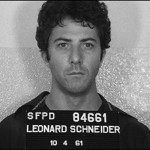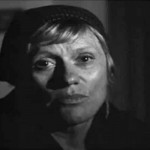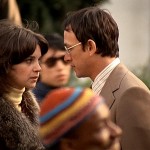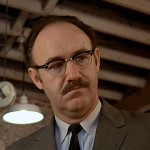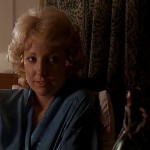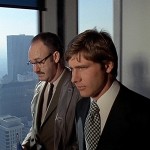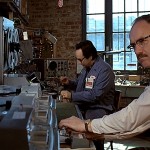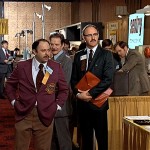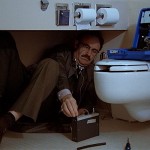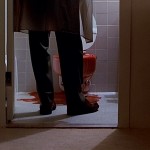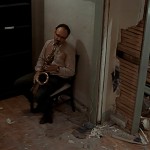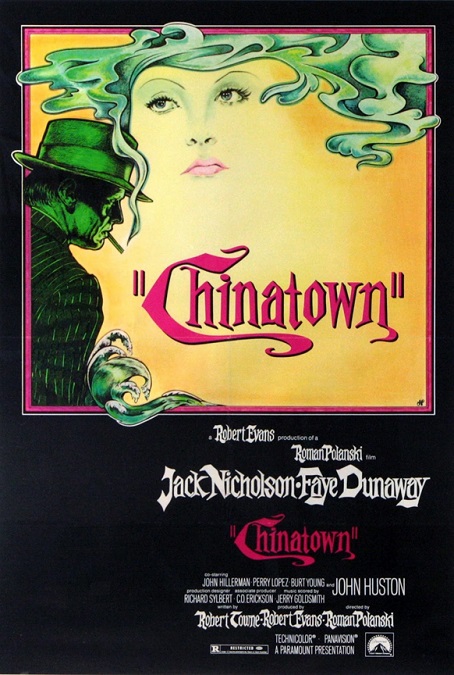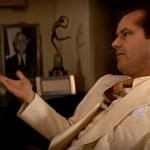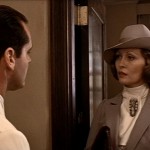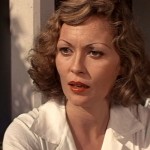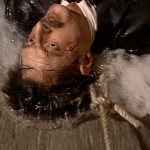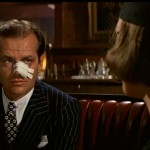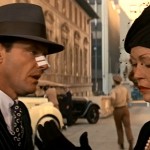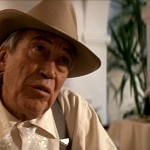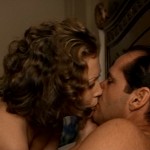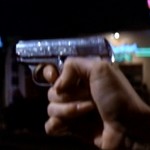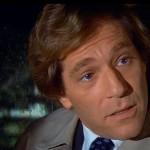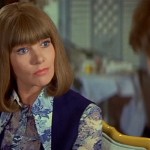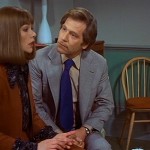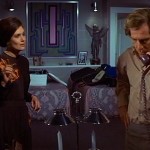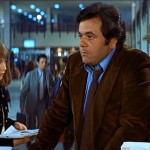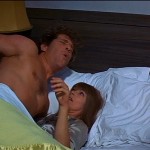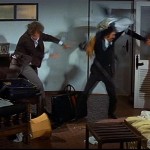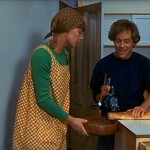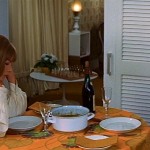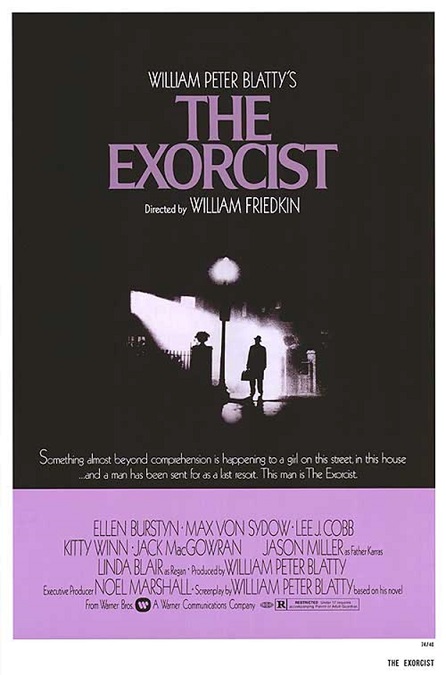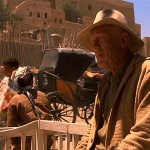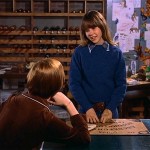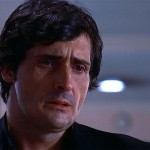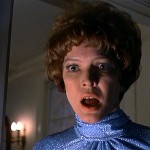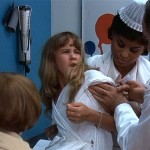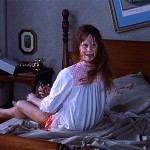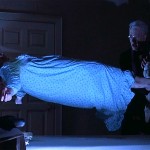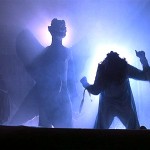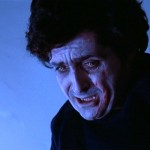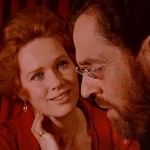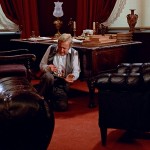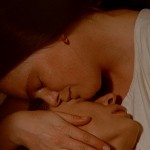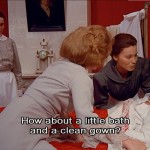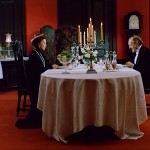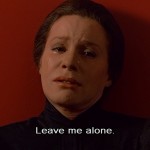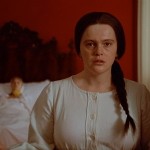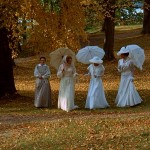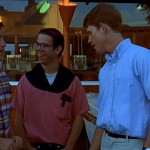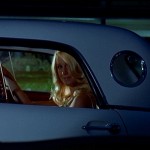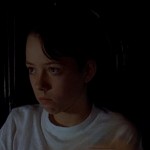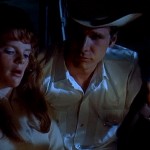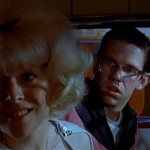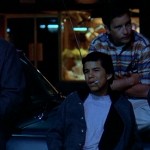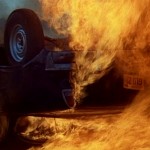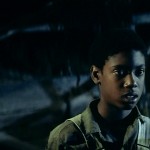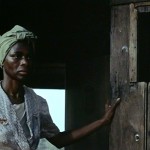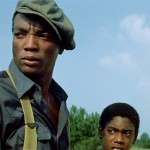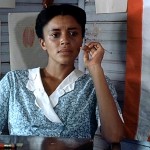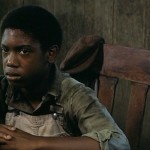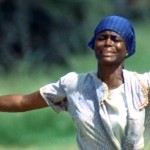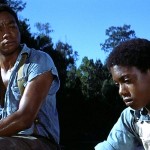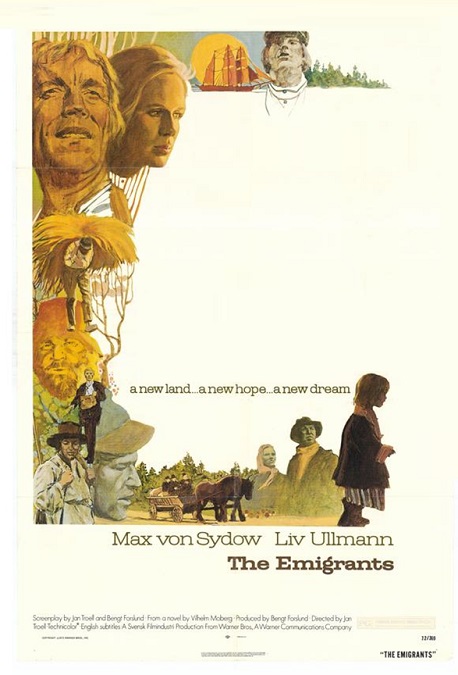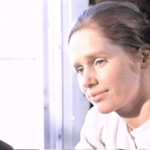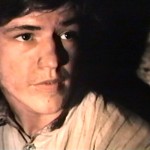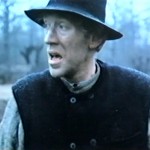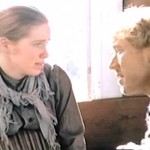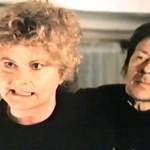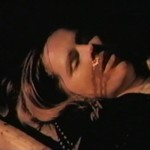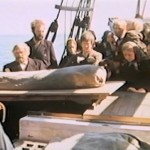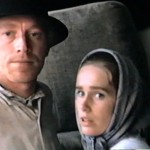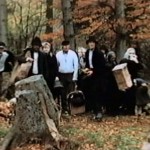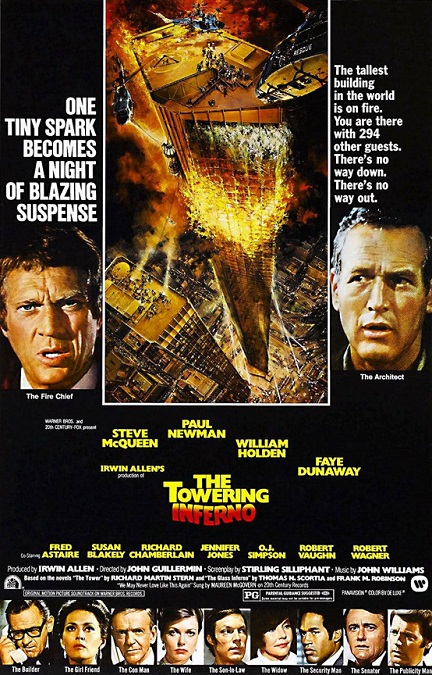
The Towering Inferno – 1974
OK, I can’t start this review without mentioning how much of a badass Steve McQueen is. He kicks but and looks sexy doing it. Just had to get out of the way. But the movie had many more big name stars than just McQueen. It also starred Paul Newman, Faye Dunaway, Fred Astaire, William Holden, Richard Chamberlain, Robert Wagner, Jennifer Jones, Robert Vaughn, and Susan Blakely. That’s some real star power. Even O. J. Simpson had a role.
The title pretty much tells you exactly what the movie is about. The Towering Inferno is considered one of the best examples of the disaster movie genre. It features a 138 story high-rise called the Glass Tower which houses businesses and luxury apartments. Its construction is nearly complete and a ribbon cutting party is taking place in the Promenade Room. Because of the tower’s greedy builders, costs were cut using substandard electrical equipment and insufficient safety measures. While 300 people have their swanky party on the 135th floor, an electrical fire breaks out on the 81st floor.
Newman was arguably the main character of the ensemble cast, but McQueen had the meatier role. Newman played Doug Roberts, the building’s architect. McQueen played Mike O’Halloran, the Battalion Fire Chief. Dunaway played Doug’s fiancée, Susan. Holden was the Builder, Jim Duncan, and his sleazy son-in-law, the building’s electrical engineer, Roger Simmons, is played by Chamberlain. Aside from that, the only other significant roles were the aged con-man, Harlee Claiborne, played by Astaire, and Lisolette Mueller, the woman he is attempting to con, played by Jones.
There were definitely plenty of impressive things, though there were also plenty of things which were embarrassingly disappointing. First, I’ll go over the good things. The technical achievements involved in making such a spectacle as the Towering Inferno were amazing. There was fire everywhere, explosions, suffocating smoke, characters dying in horrible ways, actors being nearly drowned in massive amounts of water, helicopter heroics, and daring stunts. It was visually stunning. Understandably, setting a stunt man on fire is incredibly dangerous, and it was done several times. It will be a while before I forget the shocking image of Jennifer Jones, falling to her death from a glass elevator, bouncing off of burning wreckage on her way down.
It was all so engaging that I was almost able to overlook the film’s glaring failures. The film’s biggest flaw, in my opinion, was the implausible, nay, impossible solution that the script writers came up with to douse the fire. Mike and Doug blow up the massive water tanks on the top floor of the high-rise and the floor below the tanks so that the water drains through the fire-engulfed building, putting out the flames as it descends.
Nope! Not buying it! First, the few men left in the Promenade would be dead if that much water dumped directly on them. Second, half the water was shown pouring out the windows, missing the fires completely. Third, the only way that all the fires in the tower could have been extinguished is if the building was submerged in water flooding every room and hallway. The falling water may have doused flames in the stairwells and elevator shafts, but there were floors and floors of blazing hallways and apartments which the falling water would never have touched. End result? The plan would have failed and Doug and Mike would be dead.
My second biggest problem with the film was Newman’s poor acting. There! I said it! Newman looked like he was phoning it in. Half the time he seemed disinterested, whether he was kissing Dunaway or rescuing kids from a burning apartment. But at least I found a reason. Apparently, during filming, Newman was quoted as saying, “For the first time, I fell for the goddamn numbers. I did this turkey for a million and 10% of the gross, but it’s the 1st and last time, I swear.” Sorry Paul, but it looks like it.
And as a final interesting fact, I have to return to Steve McQueen’s badassery. During filming, McQueen was conferring with two fire chiefs at 20th Century-Fox when word came that Goldwyn Studio was in flames. Steve and his wife, actress Ali MacGraw, accompanied the chiefs to the scene to observe firefighting techniques. As the flames grew, McQueen put on a helmet and protective gear and began to fight the fire along with the real firemen. He remained in the front lines, helping to battle the blaze. At one point, a fireman was startled to see the famous actor at his side and shouted in amazement, “Steve McQueen! My wife will never believe this!” to which McQueen replied, “Neither will mine!” How frickin’ awesome was he?!?
